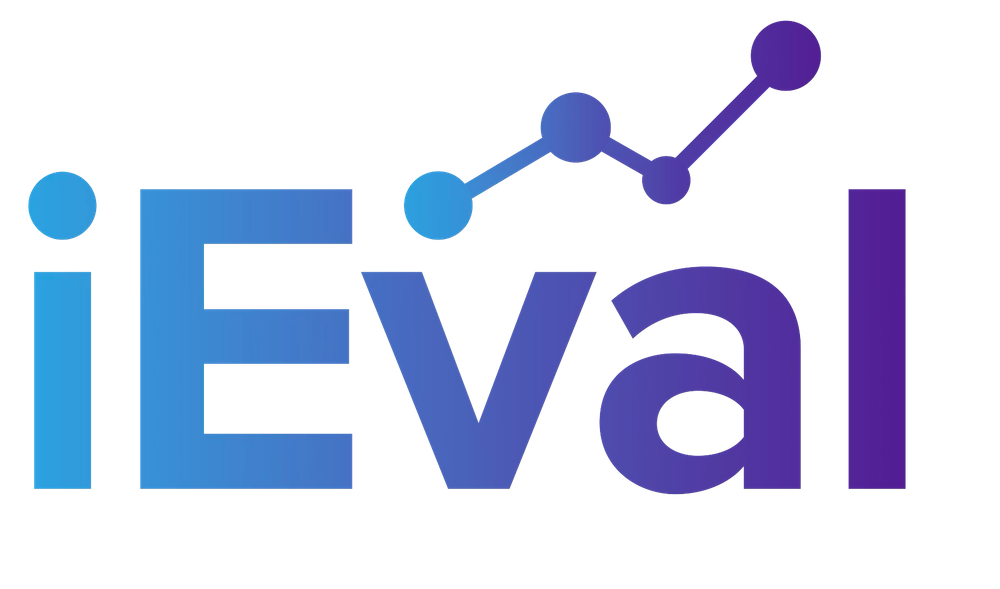We live in a data-driven world. Schools, businesses, and nonprofit organizations look at data to make decisions. However, with increased pressure to look at data, some organizations I work with are struggling to make sure they are collecting the right data. An evaluator can help you answer this question. Over my next few posts, I’ll discuss ways to think about data that an organization has already collected.
As evaluators strive to make evaluation useful, we also strive to make data collection useful and financially responsible. Collecting data just because isn’t helpful. Collecting data is expensive. Collecting data uses financial and human resources, and having a clear reason as to why it is being collected will help reduce those expenses.
Usually, the problem isn’t that an organization doesn’t have data, the problem is that they aren’t using it. There are typically two main reasons as to why they aren’t using it:
- They may not know it exists. The data may have been collected previously by a different department, staff member, or consultant. Maybe the organization has a new executive director and he or she didn’t know what had been collected.
- They forgot. An organization may get so busy with day to day operations, they just forget about the six months of data they collected and paid someone to have analyze. It happens.
To help alleviate these issues, I’ve created three tables for clients, outlining their current, past, and possible data collection efforts. The tables include the following information:
- Current data collection efforts – What are they currently collecting? This chart includes columns for:
- Type of data
- Location (folder/file names)
- How the data is collected (pencil and paper, online survey tool, interviews, etc.)
- How often the data is collected
- What questions are answered by the data? This could be based on evaluation questions or other “big” questions the organization has, such as who is being served by our programs?
- Stakeholders for the data
- Past data collection efforts – What data has been collected in the recent past? (Be sure to put a timeframe on this table.)
- Include the previous columns plus a link to the report that was generated by the data
- Possible future data collection efforts – This is a place to list questions the organization wants answered that aren’t currently covered by the data being collected. I have also included possible stakeholders and ways the data could be collected (focus groups, surveys, etc.).
Creating tables like this has started some great conversations both between myself, as the evaluator, and the organization, as well as within the organization. For instance, after looking over the tables I made with this information, one organization I was working with decided to hold off on collecting any additional data and spent time reviewing what was being collected and how to best utilize it.
DR. EVERETT’S USEFUL TIP: Many organizations are already collecting data. When first starting work with a client, one question an evaluator should ask an organization is “What data are you currently collecting?”

